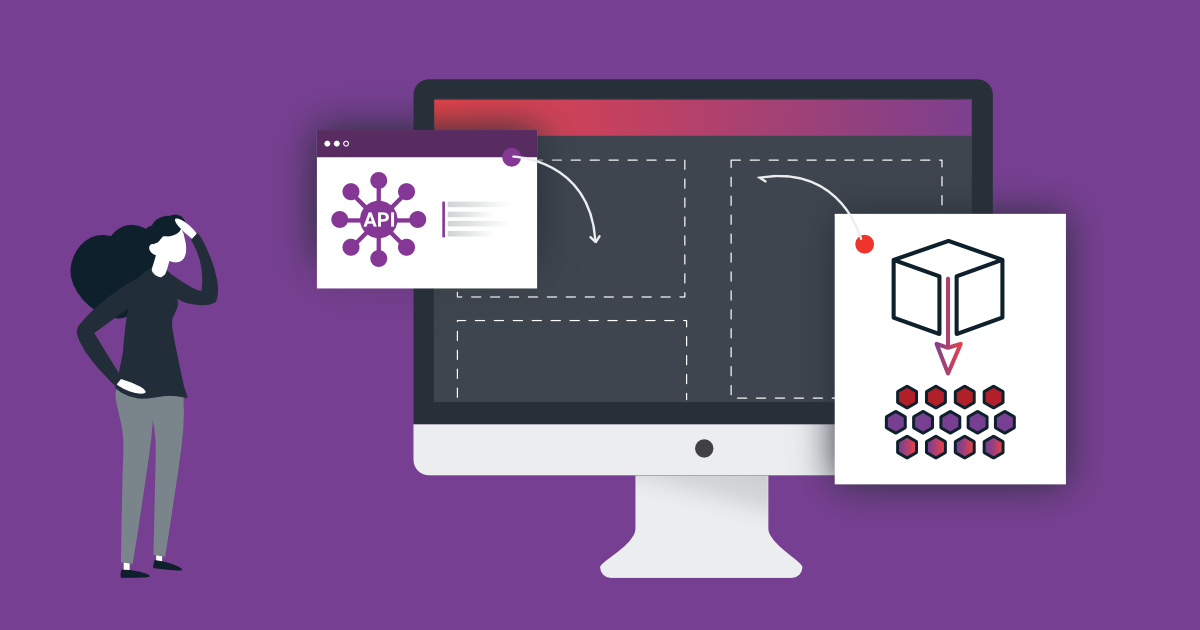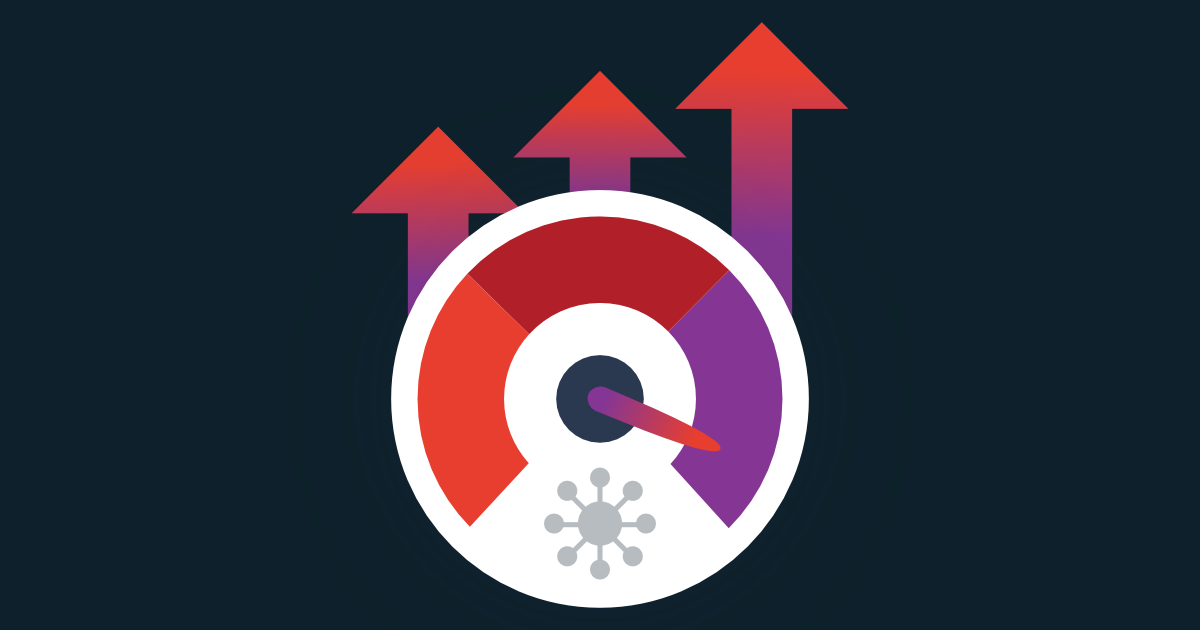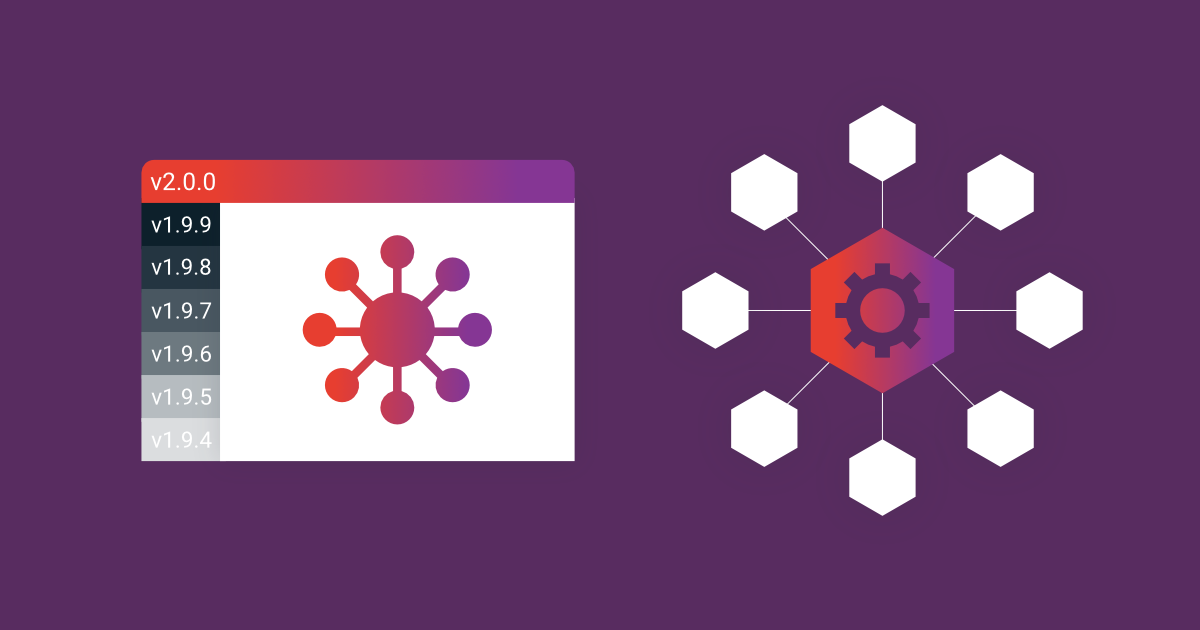APIs can return vast amounts of data, making it challenging for developers to retrieve only the information they need. This is where filtering and sorting come in.
Filtering and sorting are two essential features of API design that allow developers to efficiently retrieve specific data from an API. Filtering enables developers to narrow down the results of an API query by specifying criteria that the returned data must meet. Sorting, on the other hand, lets developers arrange the returned data in a specific order, such as by date or alphabetical order.
Properly implementing filtering and sorting in APIs can significantly enhance performance and user experience. In this blog, we'll dive into the specifics of filtering and sorting in APIs, discussing best practices and common mistakes to avoid. By the end of this guide, you'll have a thorough understanding of how filtering and sorting can streamline API data retrieval and improve your software integration processes.
Filtering in APIs
What is Filtering in APIs?
Filtering in APIs is the process of narrowing down the results of a query to retrieve only the data that meets specific criteria. When an API receives a request, it can filter the data based on parameters such as dates, keywords, IDs, or other user-defined criteria. By filtering the data, developers can reduce the amount of information returned in a query, making it more efficient and easier to work with. Effective filtering is crucial for APIs that return large datasets, as it can significantly improve performance and reduce the amount of data that needs to be transmitted over the network.
Types of filters commonly used in APIs
There are several types of filters commonly used in APIs. Here are some of the most common ones:
- Query string filters: Query string filters are one of the most common types of filters in APIs. They are used to specify criteria for filtering the data in the query string of the URL. For example, a query string filter might specify a date range or a specific ID to retrieve.
- Header-based filters: Header-based filters use headers in the HTTP request to specify filtering criteria. These filters are often used for security or caching purposes.
- Path-based filters: Path-based filters are used to filter data based on a specific path or endpoint in the API. For example, an API might have different endpoints for different categories of data, and a path-based filter could be used to retrieve data from a specific category.
- Parameter-based filters: Parameter-based filters are similar to query string filters, but they are used to specify additional parameters in the request. These filters can be used to limit the amount of data returned, or to add additional criteria for filtering the data.
- Boolean filters: Boolean filters are used to specify true or false values for a particular field or criterion. These filters can be used to retrieve data that meets a specific condition, such as whether a product is in stock or out of stock.
- Range filters: Range filters are used to specify a range of values for a particular field or criterion. These filters can be used to retrieve data within a specific price range or date range.
These are just a few examples of the types of filters commonly used in APIs. The specific filters used will depend on the requirements of the API and the needs of the developers using it.
Here's an example of filtering in an API using a query string filter:
Let's say we have an e-commerce API that returns a list of products. The API has a "price" field for each product, and we want to retrieve only the products that are priced between $50 and $100.
To do this, we would add a query string filter to our API request URL. The filter might look something like this:

In this example, the ‘price_gte’ parameter specifies that the price must be greater than or equal to 50, and the ‘price_lte’ parameter specifies that the price must be less than or equal to 100. The API would then return a list of products that meet this criteria, making it easier for developers to work with the data and reducing the amount of data transmitted over the network.
What are the common mistakes to avoid when implementing filtering in APIs?
While implementing filtering in APIs can greatly enhance the functionality and user experience of an API, there are several common mistakes that developers should avoid. Here are some common mistakes to avoid when implementing filtering in APIs:
- Overly complex filtering logic: While it's important to provide useful and flexible filtering options, it's also important to avoid overly complex filtering logic that can be difficult for developers to understand or use. This can lead to errors, confusion, and frustration for developers.
- Inconsistent or unclear filter names: It's important to use consistent and clear naming conventions for filters across all endpoints in the API. Inconsistent or unclear filter names can lead to confusion and errors, and can make it difficult for developers to use the API effectively.
- Insufficient input validation: Insufficient input validation can lead to security vulnerabilities and errors in the API. It's important to validate user input and ensure that filters are used correctly to prevent these issues.
- Inadequate documentation: Inadequate or incomplete documentation can make it difficult for developers to understand how to use the filters in the API. It's important to provide thorough documentation that includes information on filter names, parameters, and any limitations or restrictions.
- Overreliance on filtering: While filtering can be a useful tool for managing large datasets or complex queries, it's important to avoid overreliance on filtering. In some cases, it may be more efficient or effective to retrieve all data and perform filtering on the client side.
By avoiding these common mistakes and following best practices for implementing filtering in APIs, developers can create APIs that are effective, efficient, and easy to use.
Sorting in APIs
Sorting in APIs refers to the process of arranging data in a specific order based on one or more criteria. In an API, sorting is typically used to order a list of resources or entities returned by the API endpoint. Sorting can be applied to a single field or multiple fields, and the order can be either ascending or descending. By allowing clients to specify a sort order for the returned data, APIs can make it easier for developers to work with the data and improve the overall performance and user experience of the API.
There are several types of sorting commonly used in APIs. These include:
- Ascending and descending order: The most common type of sorting is to sort data in either ascending or descending order based on a specified field. For example, an API might allow users to sort a list of products by price, with the lowest prices appearing first (ascending) or last (descending).
- Multi-level sorting: Multi-level sorting allows data to be sorted based on multiple fields. For example, an API might allow users to sort a list of products by price, with ties being broken by the product name.
- Custom sorting: Custom sorting allows developers to define their own sort order based on specific criteria. For example, an API might allow users to sort a list of products by popularity, which could be determined by the number of sales or the number of user reviews.
- Default sorting: Default sorting is the order in which data is returned when no specific sort order is specified. It's important to choose a sensible default sort order to ensure that the API returns data in a useful and consistent way.
By offering a variety of sorting options, APIs can provide developers with the flexibility they need to work with data in a way that makes sense for their application.
What are the common mistakes to avoid when implementing sorting in APIs?
Here are some common mistakes to avoid when implementing sorting in APIs:
- Inconsistent field names: Using different field names for sorting in different endpoints can create confusion and make it difficult for developers to use the API effectively.
- Incomplete or unclear documentation: Providing incomplete or unclear documentation for sorting options can lead to confusion and frustration for developers trying to use the API.
- Limited sorting options: Providing limited or inflexible sorting options can make the API less useful and limit the ways in which developers can work with the data.
- Inefficient sorting algorithms: Using inefficient sorting algorithms can slow down the API and negatively impact performance.
- Allowing too much data to be returned: Allowing too much data to be returned when sorting can slow down the API and make it difficult for developers to work with the data effectively.
By avoiding these common mistakes, developers can create APIs that are efficient, flexible, and easy to use, providing a positive experience for developers and end-users alike.
Filtering and Sorting Together in APIs
How can filtering and sorting can be used together in APIs?
Filtering and sorting can be used together in APIs to provide developers with powerful and flexible tools for working with data. By allowing developers to filter data based on specific criteria and then sort the filtered data in a specific order, APIs can help developers find the information they need more quickly and easily.
For example, an e-commerce API might allow developers to filter products by category, price range, and availability, and then sort the filtered results by price or popularity. This would allow developers to quickly find the most popular products in a specific category that fall within a certain price range and are currently available.
Combining filtering and sorting can also help developers to work with large datasets more effectively. For example, an API that returns a large number of records might allow developers to filter the data based on specific criteria and then sort the filtered results by date or relevance. This would allow developers to quickly find the most relevant records within a large dataset.
Filtering and sorting can be used together in APIs to provide developers with powerful and flexible tools for working with data, helping them to find the information they need more quickly and easily, and providing a better user experience for end-users.
4 Examples of filtering and sorting in an API
Here are some examples of how filtering and sorting can be used in an API:
- E-commerce API: An e-commerce API might allow developers to filter products by category, price range, and availability, and then sort the filtered results by price, popularity, or ratings.
- Music streaming API: A music streaming API might allow developers to filter songs by artist, genre, and release date, and then sort the filtered results by popularity, release date, or alphabetical order.
- Social media API: A social media API might allow developers to filter posts by user, date, and type, and then sort the filtered results by date, popularity, or relevance.
- Financial API: A financial API might allow developers to filter transactions by account, date range, and transaction type, and then sort the filtered results by date, amount, or transaction type.
In each of these examples, filtering and sorting are used together to help developers find the information they need more quickly and easily, and to provide a better user experience for end-users.
What are the common mistakes to avoid when implementing filtering and sorting together in APIs?
Here are some common mistakes to avoid when implementing filtering and sorting together in APIs:
- Inconsistent field names: Using inconsistent field names for filtering and sorting across different endpoints can lead to confusion and make it difficult for developers to use the API effectively.
- Insufficient documentation: Failing to provide sufficient documentation for filtering and sorting options can leave developers guessing, leading to errors and wasted time.
- Overreliance on defaults: Relying too heavily on default sorting orders can limit the flexibility of the API and make it difficult for developers to customize the results according to their needs.
- Inefficient queries: Writing inefficient queries that place a heavy load on the server can slow down the API and negatively impact performance, leading to frustration for developers and end-users.
- Lack of pagination: Failing to implement pagination can lead to excessively large responses, which can be difficult for developers to work with and cause performance issues.
By avoiding these common mistakes, developers can create APIs that are easy to use, flexible, and efficient, providing a positive experience for developers and end-users alike.
The impact of filtering and sorting on API usability and performance
In conclusion, filtering and sorting are important features in APIs that allow developers to quickly and easily find the data they need. Implementing these features properly can make APIs more flexible, efficient, and user-friendly.
Some best practices for implementing filtering and sorting in APIs include using consistent field names, providing clear and complete documentation, defining a default sorting order, using pagination, and avoiding complex queries. On the other hand, some common mistakes to avoid include using inconsistent field names, insufficient documentation, overreliance on defaults, inefficient queries, and lack of pagination.
As APIs continue to evolve, we can expect to see new and innovative ways to implement filtering and sorting features. These might include machine learning algorithms that help developers identify relevant data more quickly, or new visualization tools that help developers understand the results of filtering and sorting operations more easily.
Overall, the proper implementation of filtering and sorting features is essential for creating high-quality APIs that are easy to use, flexible, and efficient. By following best practices and avoiding common mistakes, developers can create APIs that provide a positive user experience and meet the needs of their users.





